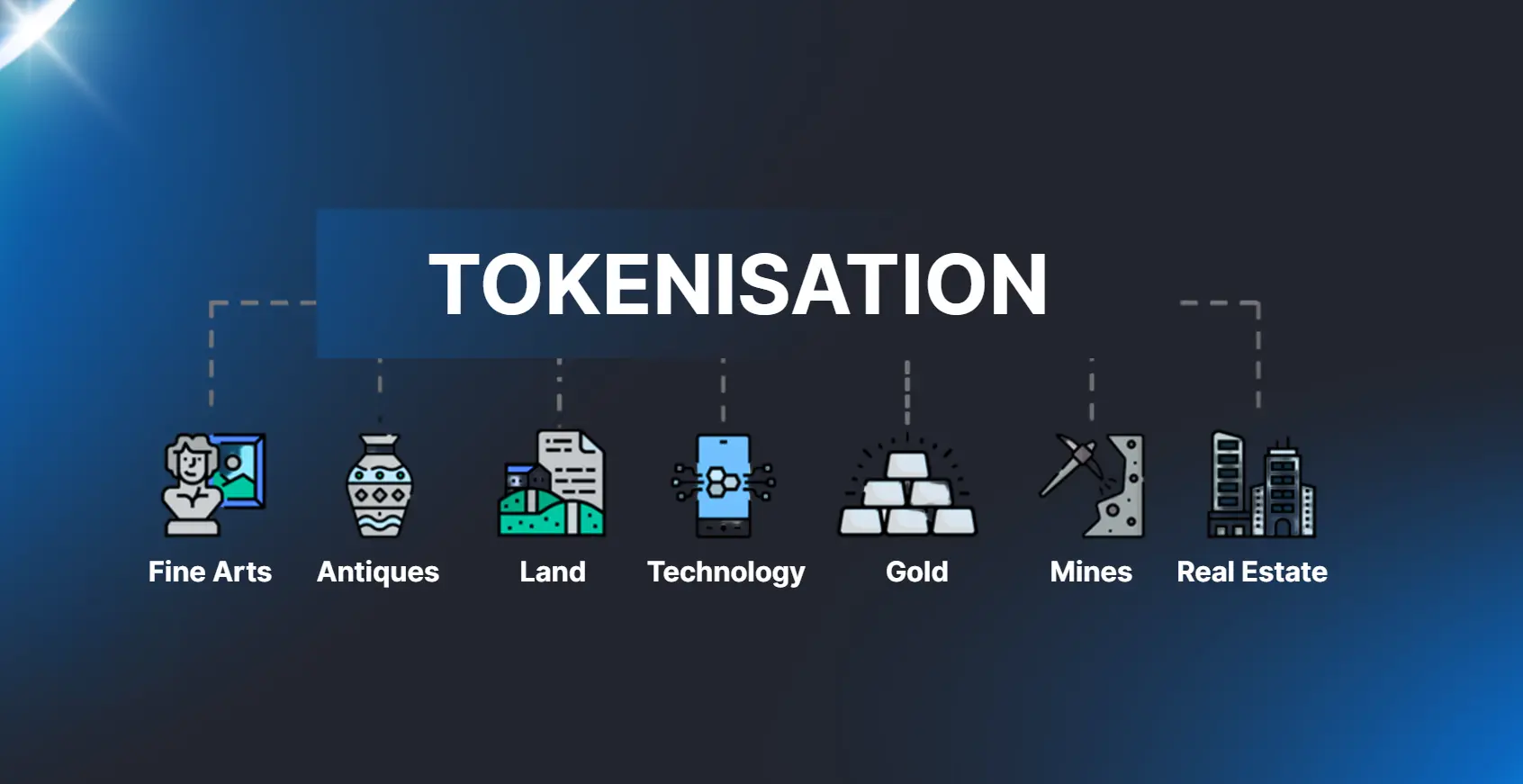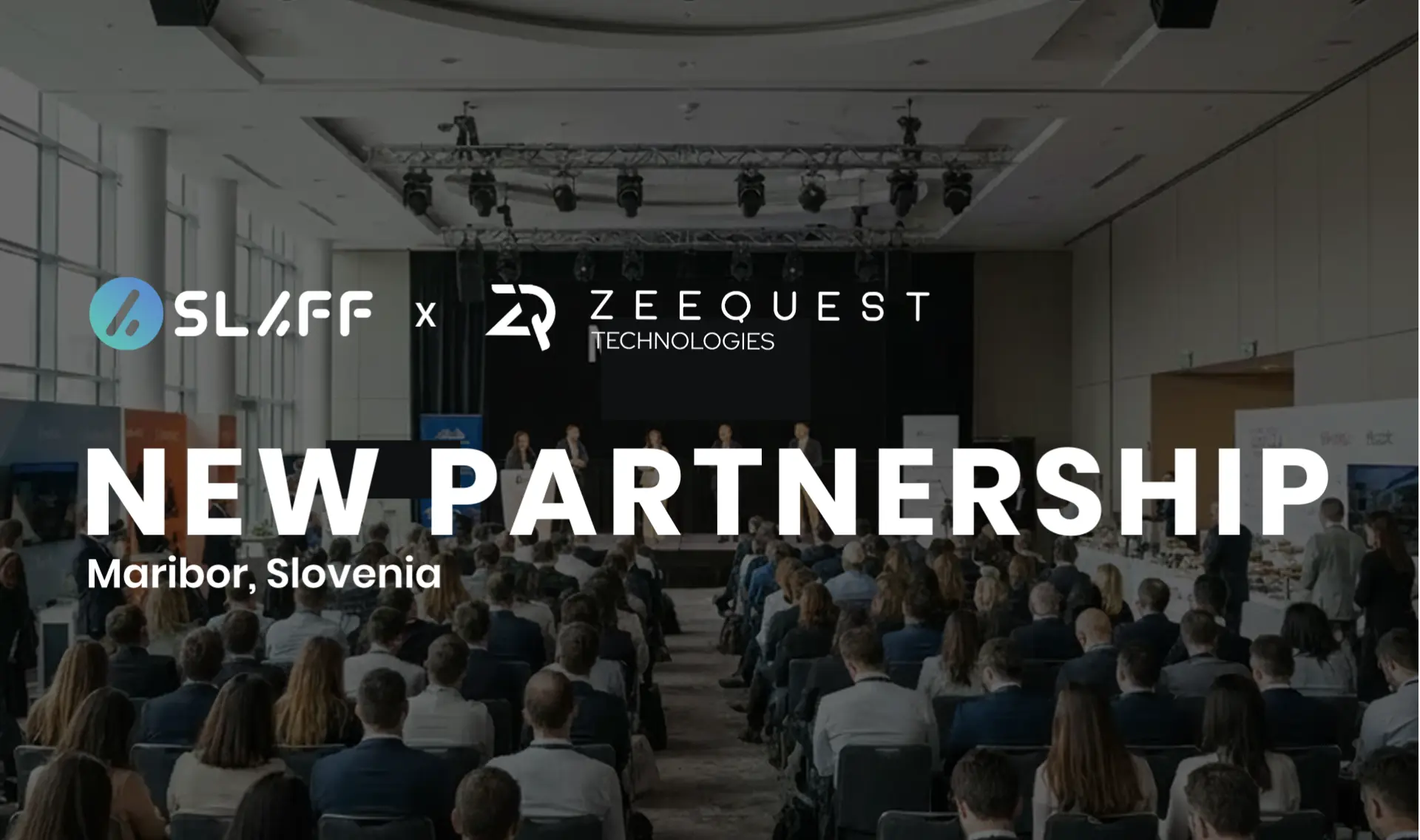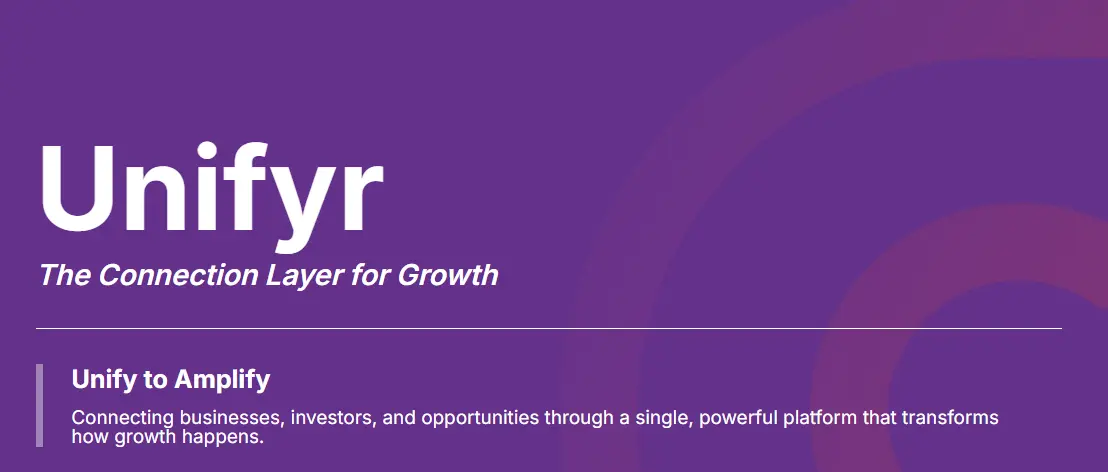Unlocking the Digital Future: A Comprehensive Guide to Tokenization for Beginners and Investors

In today's rapidly evolving digital landscape, the term "tokenization" is becoming increasingly prevalent. From securing online payments to revolutionizing the way we invest in real-world assets, its applications are diverse and transformative. But what exactly is tokenization? At its core, it is the process of creating a digital representation, or "token," for something else, be it a sensitive piece of data, a physical asset, or even a unit of language. This process acts as a secure and efficient stand-in, unlocking new possibilities for security, accessibility, and value exchange.
This guide is designed for beginners and investors seeking to understand this powerful technology. We will explore the four primary types of tokenization, demystifying how each one works and highlighting its significance in our increasingly connected world.
The Core Categories of Tokenization
While the underlying concept remains the same, tokenization manifests in distinct ways across different industries. Understanding these variations is key to appreciating its full potential. For clarity, we can group them into three core categories: Asset Tokenization, Data Security Tokenization (which prominently includes payment tokenization), and Natural Language Processing (NLP) Tokenization.
1. Asset Tokenization: The New Frontier for Investment
For investors, this is perhaps the most exciting frontier. Asset tokenization involves converting the ownership rights of a real-world asset—such as real estate, fine art, company equity, or bonds—into a digital token on a blockchain. This technology is poised to fundamentally reshape capital markets by making previously illiquid assets accessible to a much broader audience.
According to a 2024 McKinsey report, the market for tokenized assets is projected to reach approximately $2 trillion by 2030, not including cryptocurrencies. Larry Fink, CEO of BlackRock, has stated, “We believe the next step going forward will be the tokenization of financial assets, and that means every stock, every bond … will be on one general ledger” [1].
How it Works & Key Benefits:
By representing ownership as a digital token, large assets can be divided into smaller, fractional shares. This means an investor could own a small piece of a commercial building or a valuable painting, an opportunity previously reserved for high-net-worth individuals or institutions. The benefits are significant:
•Increased Liquidity: Illiquid assets like real estate can be traded more easily and quickly on secondary markets.
•Fractional Ownership: Lowers the barrier to entry for high-value investments, democratizing access.
•Enhanced Transparency: Blockchain provides an immutable and transparent record of ownership and transactions.
•Operational Efficiency: Smart contracts can automate processes like dividend payments or rent distribution, reducing administrative costs.
A prime example is the tokenization of real estate. A report from Deloitte predicts that the market for tokenized real estate could surge to $4 trillion by 2035 [4]. Companies are already creating tokenized funds for real estate development projects and securitized loans, allowing investors to participate with smaller capital outlays.
2. Data Security Tokenization: The Invisible Shield for Sensitive Information
This form of tokenization acts as a vital security measure to protect any sensitive data by replacing it with a non-sensitive equivalent, or "token." The most common and relatable example is payment tokenization. Every time you use a mobile payment service like Apple Pay or save your card details on an e-commerce site, you are using it.
How it Works & Key Benefits:
Instead of transmitting your actual Primary Account Number (PAN) during a transaction, the system replaces it with a unique, randomly generated token. This token is what travels through the payment network. The actual card number is stored securely in a centralized “token vault.”
As described by IBM, if a data breach occurs, the hackers only gain access to a list of useless tokens [2]. These tokens have no value on their own and cannot be reverse-engineered to reveal the original card numbers. This dramatically reduces the risk of credit card fraud and helps businesses comply with data protection regulations like the Payment Card Industry Data Security Standard (PCI DSS).
The concept extends beyond payments to protect other forms of Personally Identifiable Information (PII), such as social security numbers, passport numbers, and health records, making it a cornerstone of modern data security.
3. Natural Language Processing (NLP) Tokenization: The Language of Machines
This form of tokenization is fundamentally different from the others and operates in the world of Artificial Intelligence (AI) and machine learning. In NLP, tokenization is the foundational step of breaking down a piece of text into smaller units, called tokens. These tokens can be words, parts of words (subwords), or even individual characters.
How it Works & Key Benefits:
For an AI model to understand and process human language, it must first convert unstructured text into a numerical format it can work with. Tokenization is the first step in this process. For example, the sentence “Tokenization is important” might be broken down into three tokens: ["Tokenization", "is", "important"].
As detailed by Neptune.ai, this process is crucial for nearly all NLP tasks, including language translation, sentiment analysis, and chatbot functionality [3]. While it seems simple for languages like English, it presents significant challenges for languages that don't use spaces between words, such as Chinese or Japanese, requiring more sophisticated tokenization methods.
For the average person or investor, NLP tokenization is an “under-the-hood” technology, but it powers many of the AI-driven services we use every day.
A Comparative Overview
To clarify the distinctions, the table below summarizes the four pillars of tokenization:
Category of Tokenization
Primary Use Case
What is Tokenized
Key Benefit for Users/Investors
Asset Tokenization
Investment & Finance
Real-world assets (e.g., real estate, bonds)
Increased liquidity, fractional ownership, accessibility
Data Security Tokenization
Security & Privacy
Credit card numbers, PII, health records
Fraud prevention, compliance, reduced risk of data breaches
NLP/AI Tokenization
Artificial Intelligence
Text (human language)
Enables machines to understand and process language
The Future is Tokenized
The journey of tokenization is just beginning. While payment and NLP tokenization are already mature and widely adopted, asset tokenization is on the cusp of mainstream adoption. The potential to unlock trillions of dollars in value from illiquid assets promises to create more efficient, transparent, and accessible financial markets for everyone.
However, challenges remain, particularly in establishing clear regulatory frameworks for tokenized assets and ensuring robust security for the underlying platforms. As these hurdles are overcome, we can expect to see a significant shift in how we own, manage, and trade value.
In conclusion, tokenization is not a monolithic concept but a versatile technology with far-reaching implications. Whether it's securing our financial data, democratizing investment opportunities, or enabling machines to understand our language, it is a fundamental building block of our digital future.



